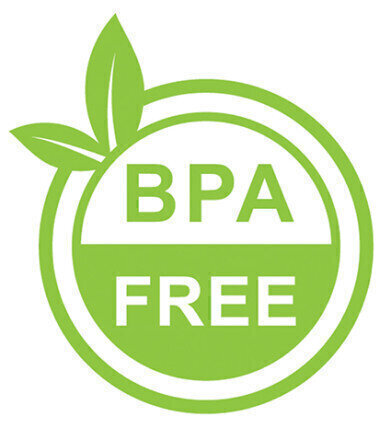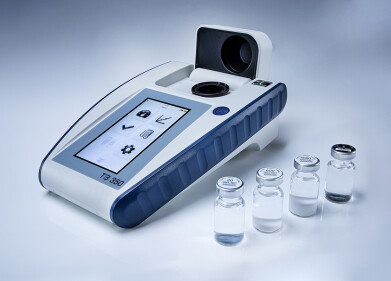Water/Wastewater
Simplified testing for BPA in source water
Dec 05 2019
These days it’s common to see a "BPA Free" label on water bottles and other containers. The campaign is a response to consumers who have grown increasingly wary of the contaminant after it gained national notoriety in recent years.
BPA, short for bisphenol A, is the most recognised of the endocrine disruptor compounds (EDCs). EDCs come in many forms and can wreak havoc with hormone levels in the human body. Unfortunately, many EDCs fi nd their way into the drinking water supply chain.
For example, birth control pills that aren’t entirely absorbed by the human body get flushed into wastewater and subsequently into environment. BPAs, by comparison, were commonly used in manufacturing and then discharged indiscriminately.
EDCs aren’t as persistent as some contaminants, such as PFAS, but they still represent a significant issue because they aren’t easily broken down in nature. EDCs can take as much as a year of exposure to ultraviolet light or biological activity to be broken down enough that they are no longer harmful to humans.
The looming issue for water utilities is that the U.S. EPA has yet to mandate methods for testing or treatment of EDCs. Combined with the fact that EDC testing has traditionally been cumbersome and expensive, so it’s not performed often, municipalities could be exposing their customers to unsafe levels. The risk is especially high with BPAs because of their rampant use. Newer advancements, however, are making it easier to use existing technologies to monitor BPA levels.
The Root Of The BPA Problem
BPAs have been widely used to make two types of containers:
- Reusable rigid containers made of polycarbonate plastic, commonly used for water bottles, baby bottles, plastic mugs, carboys, and storage containers; and
- Metal cans with an internal epoxy-based lacquer coating, used to keep the foods or beverages from directly contacting the metal.
With increased public awareness of the potential dangers of BPA seeping into the content of containers, the attention will inevitably turn to contaminant levels in drinking water. Some of the more progressive state regulating agencies are already tasking their larger municipalities with monitoring to get an understanding of EDC levels, especially BPAs.
Now is the time for water managers to be aware of the challenge and begin to think about a plan of attack. If municipalities don’t keep BPAs out of the water, consumers could develop health problems. As a result, communities will likely push back by demanding strict regulations and litigation may even follow, which tends to happen when a contaminant isn’t taken seriously enough.
Even if water utilities aren’t required to monitor BPAs, having data that shows levels over time could help them to get ahead of the issue. Being proactive is the key to promoting public health and building goodwill with consumers.
A Better Approach
BPA can be analysed by using gas or liquid chromatography. Because there is no overarching guidance from the EPA, laboratories are being left on their own to determine what approach to take in the analysis.
While gas chromatography may be a more sensitive technique for this analyte, it requires that BPA undergo derivatization prior to analysis. This process increases the sample processing procedure by several steps, which can cause the introduction of artifacts. Therefore, high-performance liquid chromatography was evaluated as an analytical technique for this work – in a new development from Merck – to minimise interferences.
Solid phase extraction followed by liquid chromatographic analysis enables BPA to be extracted plus concentrated, which may result in greater method sensitivity compared to simple headspace or direct injection methods. By increasing the simplicity of BPA analysis while decreasing the time and cost associated with testing, water testing facilities no longer need to put the issue on the back burner.
The more information a utility has, the better it will fare in the long term. Having robust data also makes it possible to craft some limitations on the concentrations of BPA in the water to better protect consumers. Additionally, to ensure the data is accurate and defendable, consider using an accredited laboratory.
For furrther information please click here.
The life science business of Merck KGaA, Darmstadt, Germany operates as MilliporeSigma in the US and Canada.
Digital Edition
IET 34.2 March 2024
March 2024
Gas Detection - Biogas batch fermentation system for laboratory use with automatic gas analysis in real time Water/Wastewater - Upcycling sensors for sustainable nature management - Prist...
View all digital editions
Events
Apr 18 2024 Shanghai, China
Apr 22 2024 Hannover, Germany
Apr 22 2024 Marrakech, Morroco
Apr 23 2024 Kuala Lumpur, Malaysia
Apr 23 2024 Kintex, South Korea




















